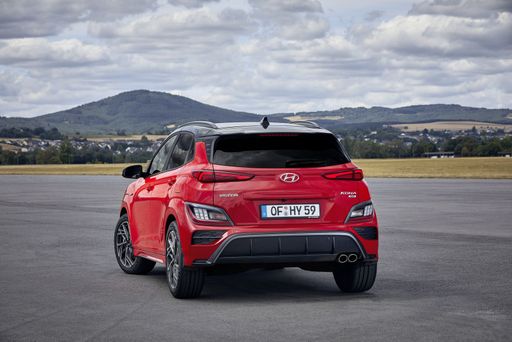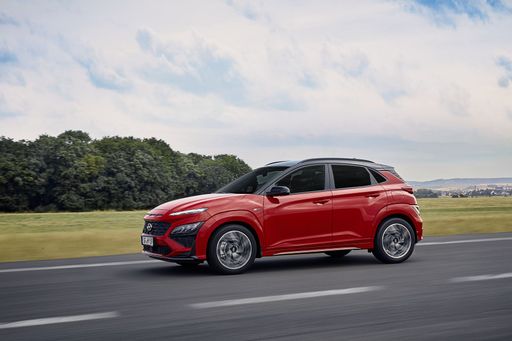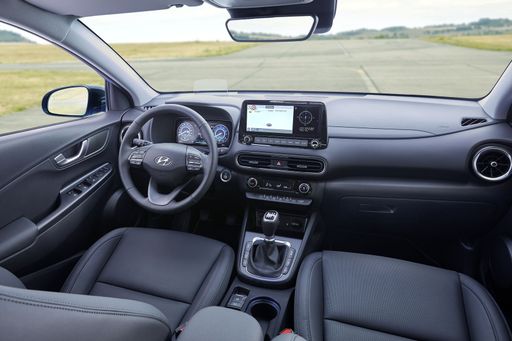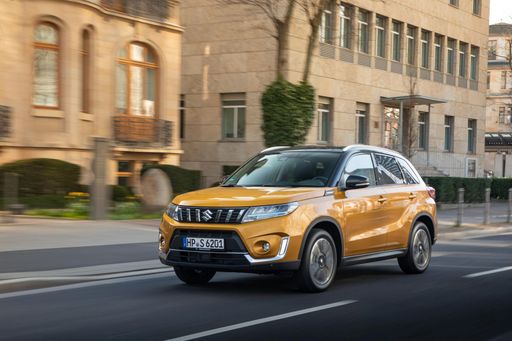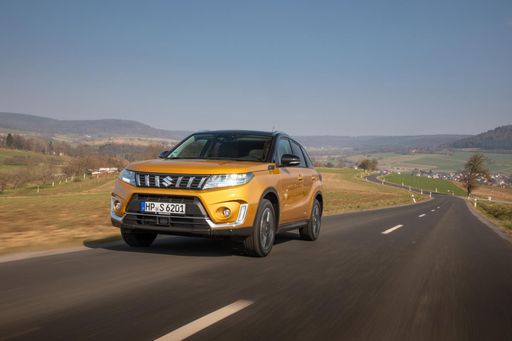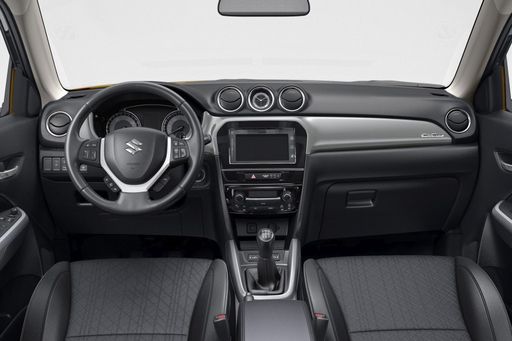The Battle of Compact SUVs: Hyundai Kona vs Suzuki Vitara
The compact SUV market has been buzzing with excitement, thanks to the 2024 releases of the Hyundai Kona and Suzuki Vitara. Both models are renowned for their innovative designs, advanced technology, and targeted appeal to urban explorers and families alike. As they go head-to-head, let's dive into their technical aspects and innovations to determine which of these two champions stands out.


